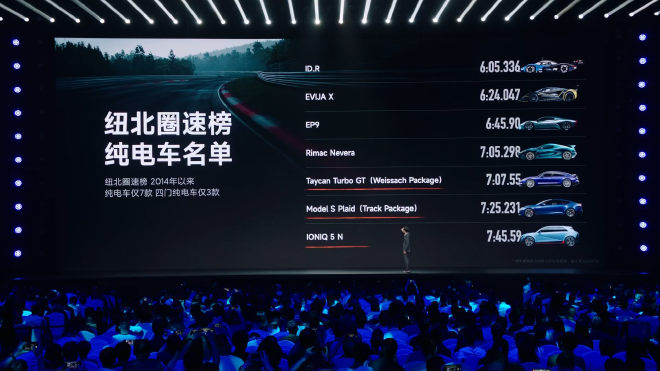In his 2024 speech, Lei Jun reviewed three years of car manufacturing. In the “One More Thing” segment, he announced Xiaomi’s goal. Xiaomi aims to become a top five global car manufacturer in 10 to 15 years. This requires Xiaomi to compete directly with leading car companies on the world’s top tracks, specifically the Nürburgring Nordschleife.
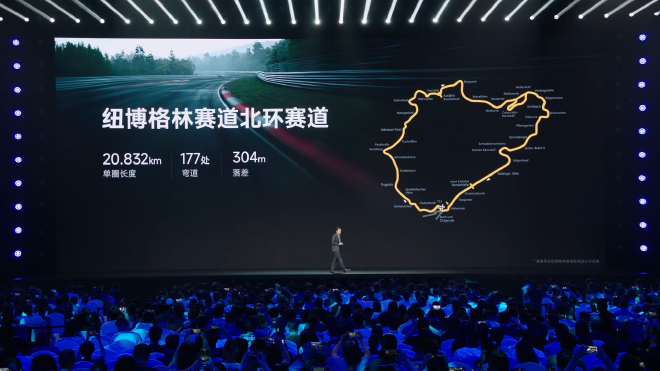
The Xiaomi SU7 Ultra prototype aims to conquer the Nürburgring Nordschleife. It seeks to become the fastest four-door electric car. Let’s explore this high-performance machine.
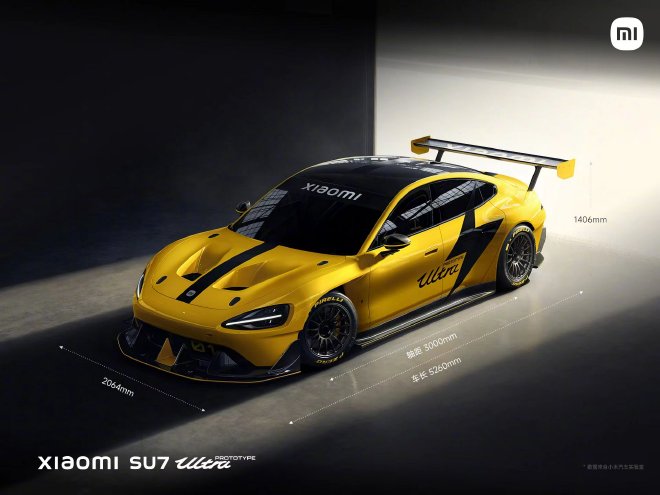
In terms of space, the dimensions are 5260mm in length, 2064mm in width, and 1406mm in height. The wheelbase measures 3000mm. Compared to the Xiaomi SU7, this model is 300mm longer, 101mm wider, and 34mm shorter. It has a lower and wider stance.
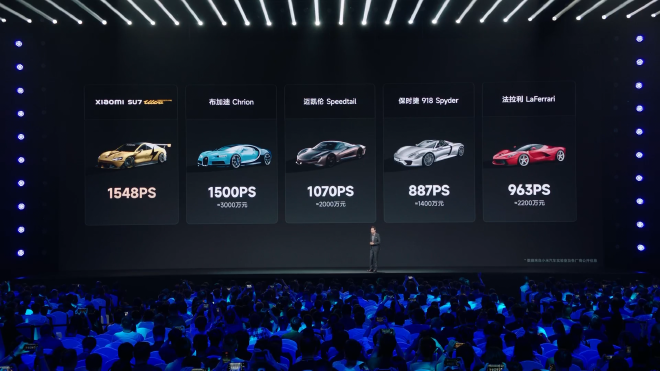
The vehicle uses three motors: two V8s and one V6. This setup delivers a total power of 1548 ps. It outperforms many supercars. The acceleration from 0 to 100 km/h takes 1.97 seconds. The 0 to 200 km/h acceleration takes 5.96 seconds. The 0 to 300 km/h acceleration takes 15.07 seconds. The top speed exceeds 350 km/h.
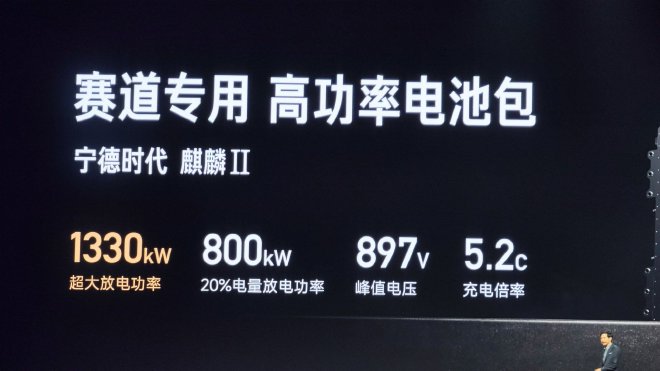
To meet high power output on the track, we use the CATL Kirin 2 battery pack. It has a 5.2C charging rate. The maximum discharge power reaches 1330 kW. At 20% battery, the discharge power is 800 kW.

The braking performance matches track standards. The kinetic energy recovery system achieves a maximum deceleration of 0.6g. It works with track-specific brake calipers, discs, and pads. At top speed, the deceleration exceeds 2.36g. The stopping distance from 100 km/h is 25 meters.
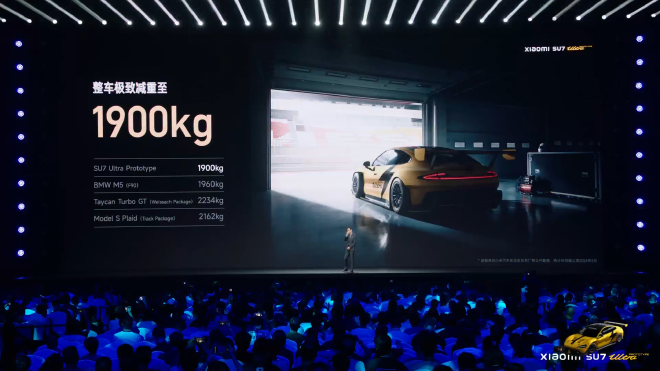
To become the fastest four-door electric car at the Nürburgring, the Xiaomi SU7 Ultra focuses on extreme lightweight design. It uses a full carbon structure. The front lip, bumper, fenders, side skirts, side panels, rear bumper, diffuser, spoiler, roof, and front and rear hoods all consist of 100% carbon fiber. The car has 24 carbon fiber components. It achieves a total weight of 1.9 tons, which is less than the current BMW M5’s 1.96 tons.
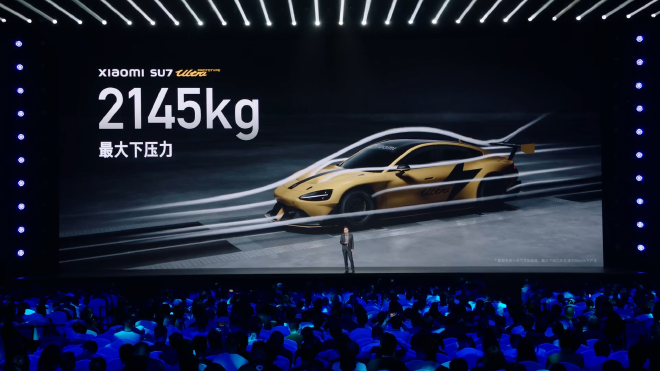
The car features many aerodynamic components. These components give it a striking and powerful appearance. Unlike typical electric vehicles that optimize for low drag, this race machine generates maximum downforce of 2,145 kg. This downforce exceeds the car’s weight. Theoretically, it can run upside down on the ceiling at top speed.

Lei Jun outlined a two-step plan for the Nürburgring challenge. First, in early October, a prototype will attempt to set a non-production lap time. In 2025, the goal shifts to the production lap time. “Challenging Porsche is our dream at Xiaomi. We know we are far behind Porsche, but that’s okay. As long as we start chasing, we are on the path to victory.”
